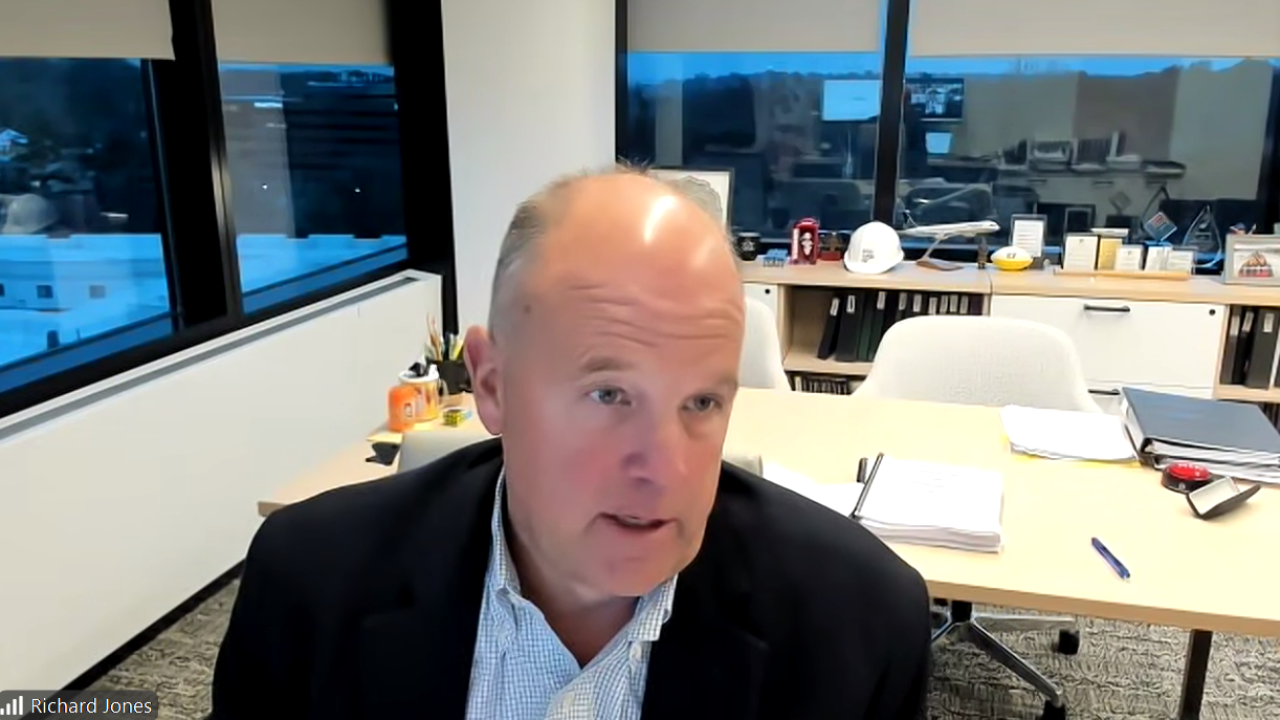IMGCAP(1)]Between legislative changes and proposed rules and guidance issued by government agencies at the federal, state, and local levels, business owners have a lot of red tape to navigate and understand.
That’s where accountants come in—accountants play a critical role in helping clients navigate these complex issues. President Obama is advancing his employment law agenda by using the U.S. Department of Labor to enact change. Among the most impactful changes coming out of the DOL are four key employment issues: the newly proposed overtime rule, increased enforcement around worker classification, mandatory paid leave, and retirement savings.
Proposed Overtime Rule
The DOL’s proposed expansion of overtime protections is expected to impact millions of American workers and their employers. The DOL’s proposed rule updates the overtime regulations under the Fair Labor Standards Act and is specifically intended to address the executive, administrative and professional (white collar) and highly compensated exemptions from minimum wage and overtime pay protections.
With this proposed rule, the DOL is seeking to revise the minimum salary level required for these exemptions. In order to prevent the salary levels from becoming outdated, the DOL is also proposing for the first time ever to include a mechanism to automatically update the salary and compensation thresholds on an annual basis using either a fixed percentile of earnings for full-time salaried workers or the Consumer Price Index.
The DOL last updated these regulations in 2004 with a minimum salary threshold of $455 per week ($23,660 per year) for the white collar exemptions. Under the proposed rule, the DOL is suggesting the minimum salary level for these exemptions be set at the 40th percentile of earnings for full-time salaried workers, estimating a 2016 level to be about $970 a week, or $50,440 a year. A new minimum annual compensation needed to qualify for the highly compensated exemption is proposed to be set at the 90th percentile.
The new rule is officially in a public comment period until Sept. 4, 2015. When the comment period closes, the DOL will review all responses and issue a final rule. That is expected to occur sometime in 2016.
Increased Enforcement of Worker Classification
Last month, the DOL issued
The DOL is concerned with the intentional misclassification of employees as independent contractors as a means to reduce costs and avoid compliance with employment laws and regulations. Misclassified employees are often denied access to critical benefits and protections to which they are entitled, such as minimum wage, overtime compensation, family and medical leave, unemployment insurance and safe workplaces. The Administrator’s Interpretation discusses how the FLSA’s definition of “employ” guides the determination of whether workers are employees or independent contractors under the law. It discusses the breadth of the FLSA’s definition of “employ” and provides guidance on the “economic realities” factors applied by courts in determining if a worker is an employee.
Accountants and their clients should know that while the DOL’s interpretation does clarify their position on the issue, it is neither regulation nor legislation. However, employers should evaluate their independent contractor relationships under the guidance.
Paid Leave
During his State of the Union Address earlier this year, President Obama spoke about his desire to expand paid family leave, describing it as a “national economic priority.” When discussing the need for paid leave, the DOL states that only 12 percent of private sector employees have access to paid family leave through their employer and that too many workers can’t afford the loss of income that comes with taking unpaid leave.
Days prior to his address, the President announced that he would call on Congress, states and cities to pass legislation that allows workers to earn up to seven days of paid sick time each year; propose more than $2 billion to encourage states to develop paid family and medical leave programs; direct the DOL to use more than $1 million in existing funds to help states and municipalities conduct feasibility studies; sign a Presidential Memorandum that directs agencies to advance up to six weeks of paid sick leave for parents with a new child; and call on Congress to pass legislation that gives federal employees an additional six weeks of paid parental leave.
Anticipating the needs of clients and prospects, accountants should follow each of these activities closely and be prepared to provide the necessary updates to help clients navigate potential changes related to this policy.
State-Based Retirement Savings Initiatives
At last month’s White House Conference on Aging, President Obama announced his plan to help states implement retirement savings programs for workers. The President
The initiative is primarily intended to address American workers who don’t currently have access to a 401(k) plan through their employer and could include provisions related to coverage requirements and automatic enrollment. This initiative is expected to accelerate the workplace savings programs that states such as Illinois, California and Oregon already have in their pipelines, and prompt other states to more actively pursue the development of such programs.
According to U.S. Secretary of Labor Tom Perez, one-third of American workers lack access to a retirement plan at work. While workers without access to a workplace plan can save on their own using an IRA, only a tiny fraction do so. Secretary Perez also indicated that the forthcoming guidance would safeguard worker retirement savings and offer pathways for states to adopt retirement savings programs that are consistent with federal law.
Government agencies play a significant role in implementing legislation and enforcing regulations and rules that affect how businesses operate. Tracking the activities of an agency such as the DOL and helping clients understand what they mean is a great way for accountants to provide added value.
Mike Trabold is director of compliance risk for





